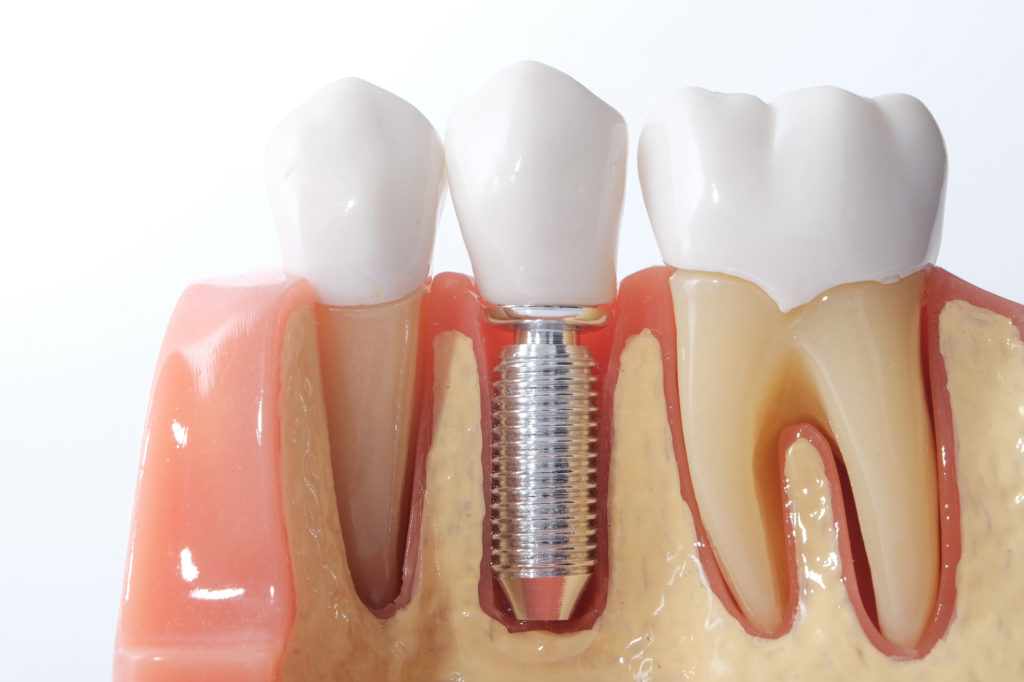
Are you considering your options for cosmetic dentistry? Are you thinking about getting dental implants?
Dental implants feel like your own natural teeth and can last a lifetime. For many, they are a game-changer that is well worth the investment.
Yet how do dental implants work, and what are the types of dental implants you should be aware of?
Let’s take a look.
What Are Dental Implants?
Dental implants involve replacing your tooth roots with metal, screwlike posts. They get affixed to artificial teeth that look and function like your actual teeth.
While dental implants can cost a bit more than other tooth-replacement options, many find that they are more cost-effective in the long run.
Dental implants allow you to eat, brush, and floss normally once the recovery time is over. Other options, such as dentures, require changes to your diet and oral maintenance.
In addition, dental implants can help to prevent bone loss and keep adjacent teeth stable. They can also prevent food traps and bacteria that can lead to gum disease. Many people choose dental implants because they can help prevent facial sagging that can cause premature aging.
If you have missing or cracked teeth, find out from your dentist if you are a good candidate for dental implants. You will need to be in generally good dental health and have enough bone to support the implant. The surgery can bring back your smile and restore your confidence.
You’ll also have the opportunity to discuss with your dentist the types of implants that are right for you.
Endosteal Implants
Endosteal implants are the most common types of dental implants. They are often used as alternatives to bridges or dentures.
Endosteal implants involve a titanium screw that acts as your artificial tooth root. Once it gets placed in your jaw, it’s important to wait for the soft tissue and bone around the root to heal. This can take as long as a couple of months.
Once healing has taken place, you will get an artificial crown that will act as your new tooth. Endosteal implants generally have a natural-feeling result.
If you don’t have enough bone to support an endosteal implant, you might be a candidate for a subperiosteal implant.
Subperiosteal Implants
Subperiosteal implants get used far less often than endosteal implants today. They get placed on the jawbone in the gum tissue. The metal post is exposed through the gums and holds the denture in place.
Subperiosteal implants generally take less time than endosteal implants. The process can usually be completed within two appointments.
These implants, however, don’t usually provide the same level of stability as endosteal implants do. This is because the root doesn’t go all the way down into the jawbone. They do, however, still provide more support than dentures.
Mini Dental Implants
Mini dental implants are narrower than traditional implants. They use less invasive techniques when they are placed in the teeth. Mini dental implants are often used to stabilize a lower denture.
Mini dental implants can be placed in only one visit due to their size. Yet they remain a permanent tooth replacement option.
All-on-4 Implants
All-on-4 implants replace a set of four top or bottom teeth. It can get placed in the available bone, allowing you to avoid bone grafting.
While the implants heal and bond with your natural bone, you will follow a modified diet. After six months, the replacement will be permanent and you can return to your normal eating patterns.
All-on-4 implants are a fast way to replace an existing set of teeth. It can also reduce your costs significantly because you’ll need far fewer dental procedures for four different teeth. You can pay for the entire set of implants at once.
Implants allow you to maintain your new teeth easily. Unlike options like dentures, you won’t need to remove them and soak them separately. You simply need to maintain good oral hygiene and go for check-ups regularly.
Implant Overdentures
If your mouth is healthy enough for tooth extraction, you may be a candidate for implant overdentures. These can be placed on top of implants in order to add stability.
Overdentures mean that you will have an easier time chewing and speaking. They can also help to improve your comfort.
Implant-Supported Bridges
If you have one or more teeth missing but not enough bone to support an implant, you may be a good candidate for implant-supported bridges. This may also be necessary if there is a nerve nearby.
When getting implant-supported bridges, you’ll meet with your dentist for an initial visit like you would with all kinds of implants. This will involve X-rays, impressions, and a discussion of your dental history.
You will then have surgery where your implant is placed. After that, you will get your abutment. There is also a restoration stage, after which a permanent bridge will get attached.
An implant-supported bridge requires less recovery time than a traditional dental implant. It will help you to improve your oral health and maintain the structure of your jaw and smile. Like all implant options, it can also restore your smile, making you more confident and ready to socialize.
Types of Dental Implants
If you’re tired of gaps and cracks in your teeth, it may be time to consider the restorative impact of cosmetic dentistry. With so many types of dental implants available, you should have no problem finding the one that’s right for you. You’ll be on your way to a healthy new smile in no time!
Don’t stop getting smart about your grin now. For excellent cosmetic dentists in your area, contact us today.

